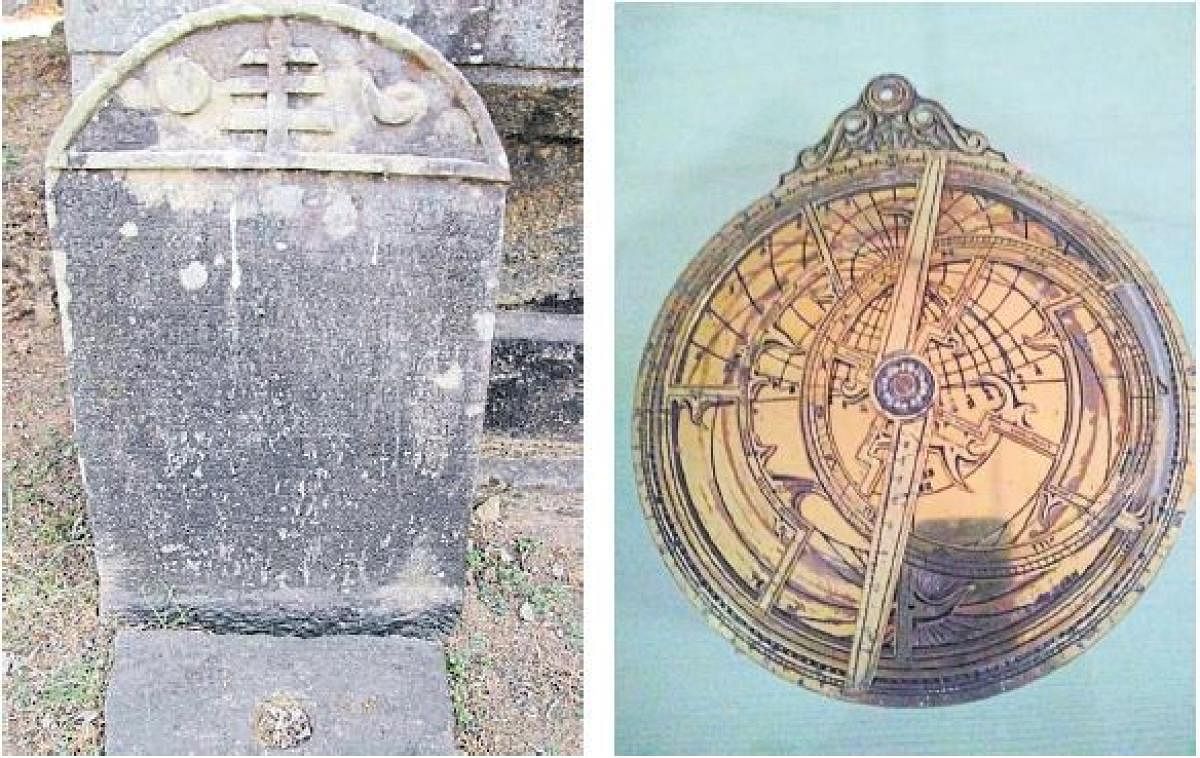
November 11, 1572. Danish astronomer Tycho Brahe saw something bright in the constellation of Cassiopeia; he wrote “Amazed, and as if stupefied, I stood still with my eyes fixed intently upon it. When I had satisfied myself that no star of that kind had ever shone forth before, I was led into such perplexity by the unbelievability of the thing that I began to doubt the faith of my own eyes.”
Thirty-two years later, in 1604, there was another new star in the constellation of Ophiuchus. These two “new stars” named as Tycho’s nova and Kepler’s nova, were seen by astronomers all over the world. They are meticulously recorded not only in Europe but in China and Korea as well.
Tycho Brahe made measurements to rule out the possibility that it was an atmospheric phenomenon or a body of the solar system. Galileo and Kepler wrote monographs arguing that the novae belonged to the starry sphere. The Aristotelian concept of immortality of stars was at stake.
These new stars were given a new name “supernova” in 1931 by Walter Baade and Fritz Zwicky to distinguish them from less energetic events. Today, we see colourful nebulae at these spots. It took a long time for astrophysicists to link the famous Crab Nebula to a “guest star”, that was recorded by the Chinese in 1054 CE — the velocity of the expanding nebula offered the clue.
One cannot help but observe — why have these events not been documented here in India? One argument points to the tradition here of relying mainly on the oral transmission of records. Yet, spectacular events of this nature ought to have been noted somehow, somewhere. Astrophysicist Prof Jayant V Narlikar and Sanskrit and Prakrit scholar Prof Saroja Bhate conducted a thorough search but were met with disappointment.
The search continued with unconventional sources — from Dr Nirupama Raghavan and Dr Ratnashree, with the iconic representation of fire in the hands of Nataraja idol to a group from Tata Institute of Fundamental Research, Mumbai, who traced the hints with some works of art in Kashmir. However, none of these studies was conclusive.
Etched for eternity
The stone inscriptions, seen all over India, provide valuable inputs in fixing the variation in the speed of rotation of the earth. An inscription in Sanskrit from Angkor Wat, Cambodia, hints at a possible pre-planetary nebula event.
Another inscription in Cambodia in the Phumda Province describes the installation of a Shivalinga by an ascetic. Half of the contents of these inscriptions are devoted to the praise of Lord Shiva. The inscription is dated 1054 CE by historian R C Majumdar. One of the adjectives used for the God is “Shukratara Prabhavaya” which translates to one who can create (or influence) a star (to be) as bright as Venus. The supernova was bright enough to get in here as a metaphor.
Another stone inscription in Kannada script from Venuru in Karnataka is dated 1604 CE. The supernova of 1604 was very bright — the Japanese recorded that it was visible in the daytime while the Koreans traced its fading for almost a year. Therefore, the person who wrote the inscription in Venuru also must have seen it.
He describes the sage Chanukeerthi Bhattacharya, who was instrumental in the installation of the statue, as “a nishapathi in the Ksheerambudhi”. The word “nishapathi” is generally used for the moon; however, it also means “camphor”. Ksheerambudhi is interpreted as implying to (Sravana) Belagola while it can also mean the Akasha Ganga or the Milky Way. Thus, it signifies something burning like camphor in the Milky Way. The 1604 SN (supernova) was indeed in the Sagittarius part of Milky Way.
There is yet another record of the 1604 supernova in an astrolabe (a small handy gadget that served as a portable calculator for navigation). Created by an astronomer well versed with the sky, it has a specially designed star dial called rete with decorated pointers to mark bright stars. Astrolabes, introduced in India around the 13th century by the Arabs, were quickly adopted by the local astronomers. There are astrolabes with Sanskrit numerals (and names) engraved on the dial.
Historian Prof S R Sarma has prepared an exhaustive catalogue on this. Astrolabe, numbered C001, was made by Chandidasa in Ahmedabad for his son, Damodara. This is dated December 25, 1605. The star-marker has a star by name Dhanushira to the South of another star called Dhanukoti. While the latter is found in almost all astrolabes (and is identified with a bright star called Alpha Oph, Arabic name Ras Alhague), Dhanushira is exclusive to this astrolabe. Its position matches with that of the 1604 supernova. The making of the brass instrument would have happened during the early part of 1605 when the supernova was still visible as a bright star and that explains its position on the rete.
The 1572 supernova in the northern branch of the Milky Way through the constellation of Cassiopeia, has found entry into a book of Sanskrit grammar of the 16th century. Well-known scholar Appaya Dikshita’s (1520–1593) work on alankaras (simile and metaphor) are used as textbooks even today. His work Kuvalyananda has the following example for what is termed as Apahnuti, which means using denial characters for describing a thing or event.
There are two verses. One states, “That is a lotus in Vyomaganga. It is not the moon”, and the other states, “What is that in the Vyomaganga? It is not the moon because it is quite bright; not the sun because it is night; it is the internal fire in the water/ocean.” In both places, the word Vyomaganga refers to the Akashganga. The description matches with the sighting of the supernova.
One can pick out such instances in regional languages too. After all, a dazzling star in the sky would have been seen by everyone. And, in India, it was no different.
(The author is with Jawaharlal Nehru Planetarium, Bengaluru)